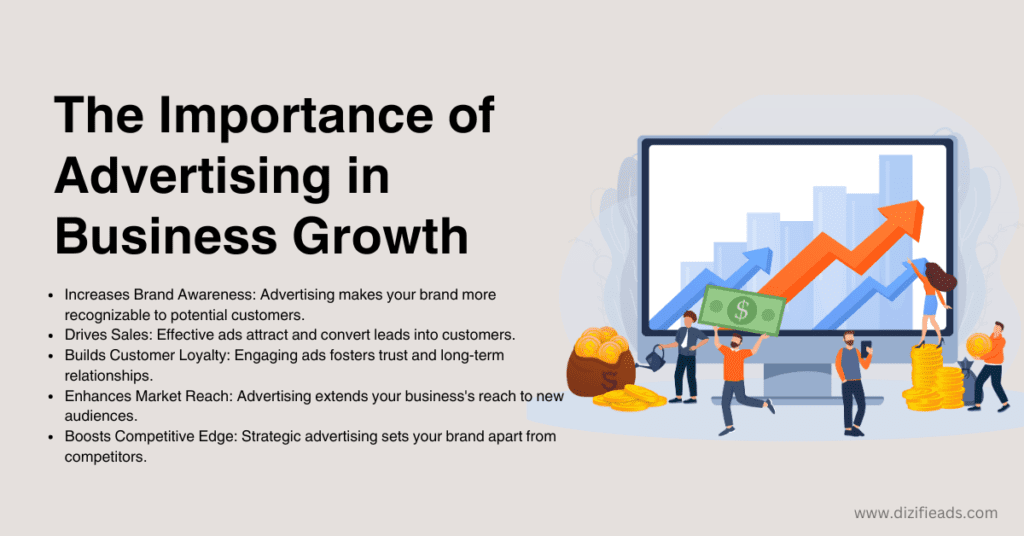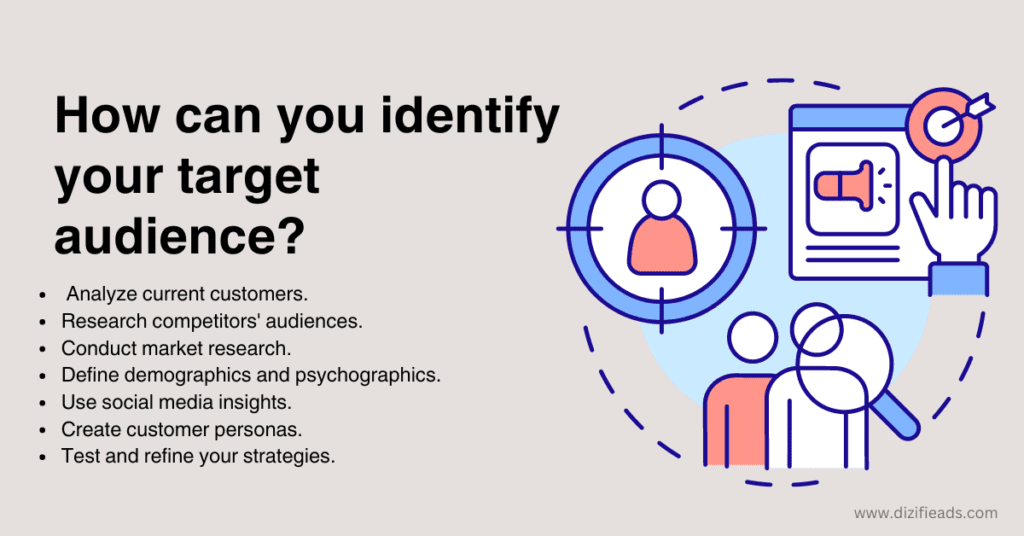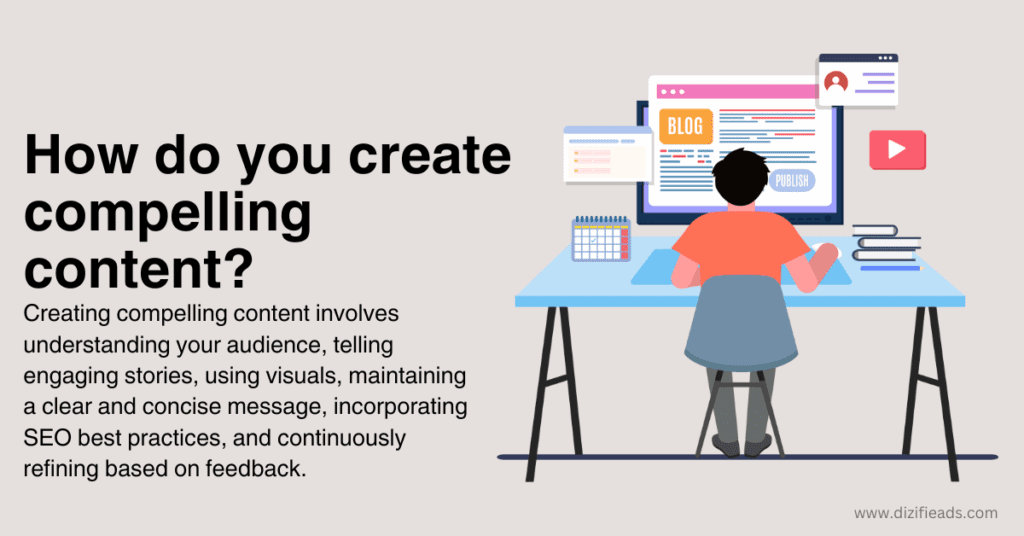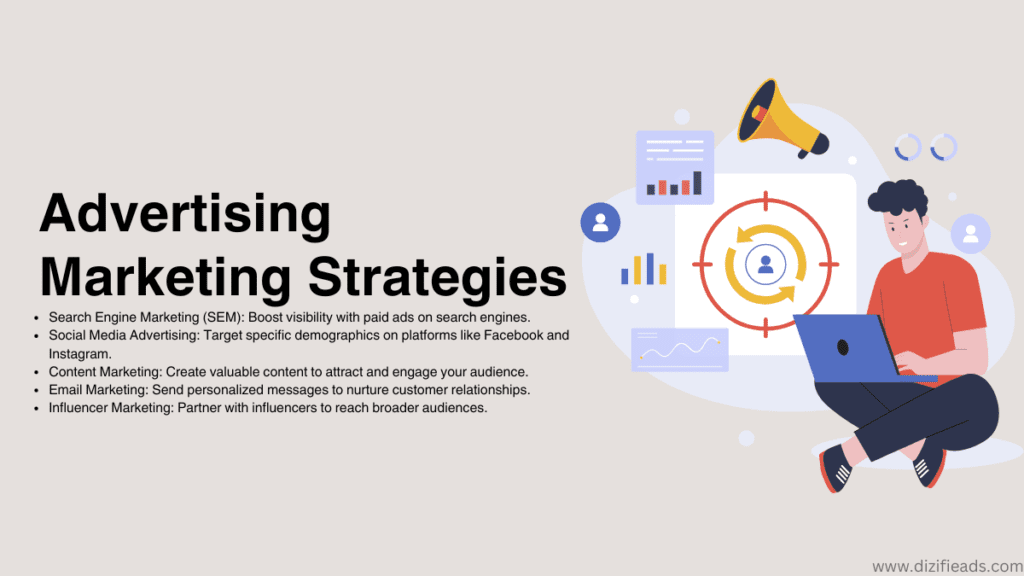Advertising Marketing Strategies
Today’s digital world is fast-paced. A stream of ads bombards consumers. Businesses need good ads to grow and survive. You’re a small business owner or marketer. Understanding and using the right ads can propel your company to new heights. Think of it like a finely tuned engine. If you’re not fueling it with the right marketing mix, you’ll stall. You hit the spot and sped up past the competition. This blog will cover many Advertising Marketing Strategies. It will focus on easy techniques. They will help you navigate the complex world of advertising and succeed.
Understanding Advertising and Marketing

Advertising marketing is a mix of tactics and strategies. They make products or services to sell to a target audience. We aim to raise awareness. It is to attract new customers and, in the end, to boost sales. To make good ads, you must know the audience well. They need a clear message and the right platforms to reach customers.
The Importance of Advertising in Business Growth
Advertising is essential for several reasons:
- Brand Awareness: This helps people recognize and remember your brand.
- Customer Acquisition: It attracts new customers and expands your customer base.
- Sales increase: it impacts sales and revenue.
- Competitive Edge: It keeps your brand visible and in the market.
Key Advertising Marketing Strategies
1. Know Your Target Audience
In the ad campaign, you must find your audience. Who will be most interested in your product or service? What are their ages, genders, income levels, and jobs? and motivates them and What are their pain points? What do they value most? These demographics will help you write messages that meet their needs. If your audience is young city professionals, use ads on social media. They should highlight how your product saves time and is convenient. You will be able to create content that resonates with them. You need to know their interests, behaviors, and lifestyle. For example, if your audience is conscious, you can emphasize your product’s features. This will help you connect with them. By doing so, you will make an impactful ad campaign. It will reach and persuade your target audience.
How to Identify Your Target Audience

Market Research
Start with market research. Then, surveys, focus groups, and interviews will be carried out. Do this to get key insights from customers and stakeholders. Surveys can be online or in person. They should ask a range of questions. These questions aim to uncover people’s backgrounds, likes, and problems. Each focus group has 6 to 12 people. They allow for discussions and debates. They provide a deeper understanding of opinions and attitudes. You can conduct in-depth interviews in person or via video. They let you ask follow-up questions. You can dig deeper into experiences and views.
Data Analysis
Study customer behavior. Do this by checking the data from your website, social media, and sales records. This data can show how customers engage with your brand. It shows what makes them buy and what turns them away. For example, website analytics can show which pages get the most traffic. It shows a strong interest in certain products or services. Social media can show which groups like your content most. They show which post types get the most buzz. Sales data can show patterns in how customers buy. It can show peak seasons and the top products. Businesses can use these data sources to learn about their customers. They can learn about their likes, actions, and problems. This data can shape marketing and drive growth.
Customer Personas
Know your best customers. Gather data on their age, job, income, and education, as well as their needs and actions. Find out their goals, problems, and what they like. For instance, a software company could make a profile for “Sarah, the Sole Proprietor.” She’s 35. She’s a small business owner. But, she lacks tech skills. She wants to use online marketing to grow her business. This way, you can tailor offerings and messages to their needs. This boosts success and builds meaningful relationships.
2. Set clear objectives
Having clear and measurable objectives is essential for any advertising campaign. These goals will guide your strategy and help you measure success.

Common advertising objectives.
- Increase brand awareness: Make more people aware of your brand.
- Drive Traffic: Increase the number of visitors to your website.
- Generate Leads: Collect contact information from potential customers.
- Boost Sales: Increase the number of purchases.
3. Choose the Right Platforms
Advertising platforms vary in strengths and target audiences. Selecting the right one is key to your campaign’s success.
Popular advertising platforms.
- Social Media: Platforms like Facebook, Instagram, and Twitter are great for reaching a wide audience. You can engage with them.
- Search Engines: Google Ads helps you target users searching for products or services like yours.
- Email Marketing: It reaches your audience with personalized messages.
- Display Ads: Banner ads on websites can increase their visibility.
4. Create Compelling Content
Content is king in advertising. Your ads need to capture attention and convey your message.
Tips for Creating Engaging Content

- Strong Visuals: Use high-quality images and videos.
- Clear Message: Be concise and clear about what you’re offering.
- Call to Action (CTA): Tell your audience what you want them to do next.
- Emotional Appeal: Connect with your audience on an emotional level.
5. Leverage Social Media
Social media platforms are powerful tools for ads. This has a broad reach and targeting.
Effective Social Media Advertising Strategies
- Influencer Marketing: Partner with influencers to reach their followers.
- Paid Ads: Use paid advertising options on social media platforms to target specific demographics.
- Content Marketing: Share valuable content that engages your audience and promotes your brand.
6. Use Search Engine Marketing (SEM)
Search engine marketing involves promoting your website. Making it more visible in search engine results pages (SERPs) achieves this.
Key Components of SEM
- Search Engine Optimization (SEO): Optimize your website to rank higher.
- Pay-Per-Click (PPC) Advertising: We pay for ads that appear at the top of search results.
7. Install email marketing campaigns
Email marketing remains one of the most effective forms of advertising.
Best Practices for Email Marketing

- Personalization: Tailor emails to the recipient’s interests and behaviors.
- Segmentation: Split your email list into segments. Base them on various criteria. Use them to send more targeted messages.
- Automation: Use automation tools to send timely and it’s relevant emails.
8. Analyze and Optimize
Continuous analysis and optimization are crucial for the success of your advertising campaigns.
Metrics to Track
- Click-Through Rate (CTR): The percentage of people who clicked on your ad.
- Conversion Rate: The percentage of people who completed the desired action.
- Return on Investment (ROI): The revenue generated by the ad compared to cost.
9. Stay Updated with Trends
The advertising landscape is constantly evolving. Staying updated with the latest trends ensures that your strategies remain effective.
Current Advertising Trends
- Video Marketing: Videos are engaging and can convey your message more effectively.
- Interactive Content: Quizzes, polls, and interactive infographics increase engagement.
- Artificial Intelligence (AI): AI can help personalize ads and improve targeting.
Case Studies: Successful Advertising Campaigns
Coca-Cola’s “Share a Coke” Campaign
Coca-Cola’s bottles had popular names. This prompted people to find and share bottles with their friends. As a result, sales and brand interaction grew.
Nike’s “Just Do It” campaign.
Nike’s iconic campaign focused on inspiring stories and strong images. It reinforced its brand message. And, it boosted sales.
Airbnb’s “We Are Here” Campaign
Airbnb shared stories from users. This move built trust and increased bookings.
Conclusion
Good ads are crucial for business growth. First, know your audience. Set clear goals and pick the right platforms. Next, make captivating content. Then, turn to social media and search engine marketing. Email marketing is crucial. Also, analyze results and keep up with trends. These steps boost your ads. They bring in more customers and build a strong, unique brand.

